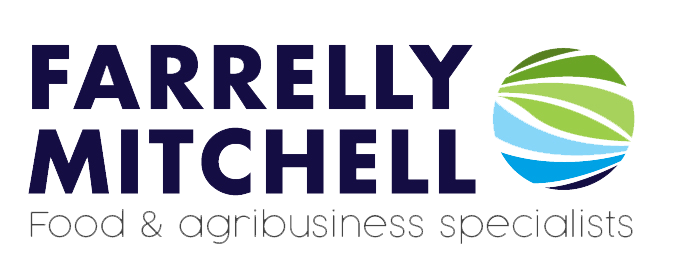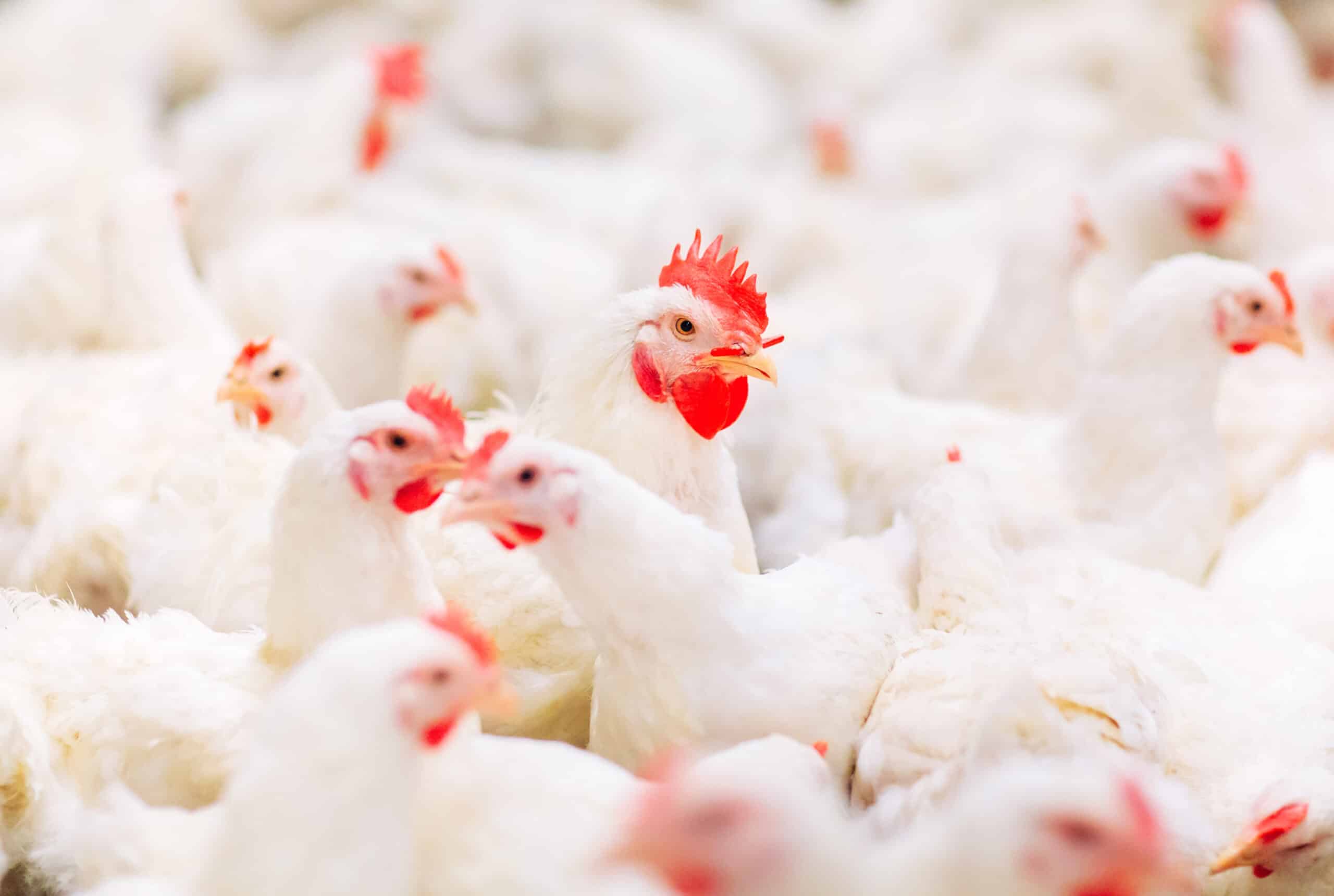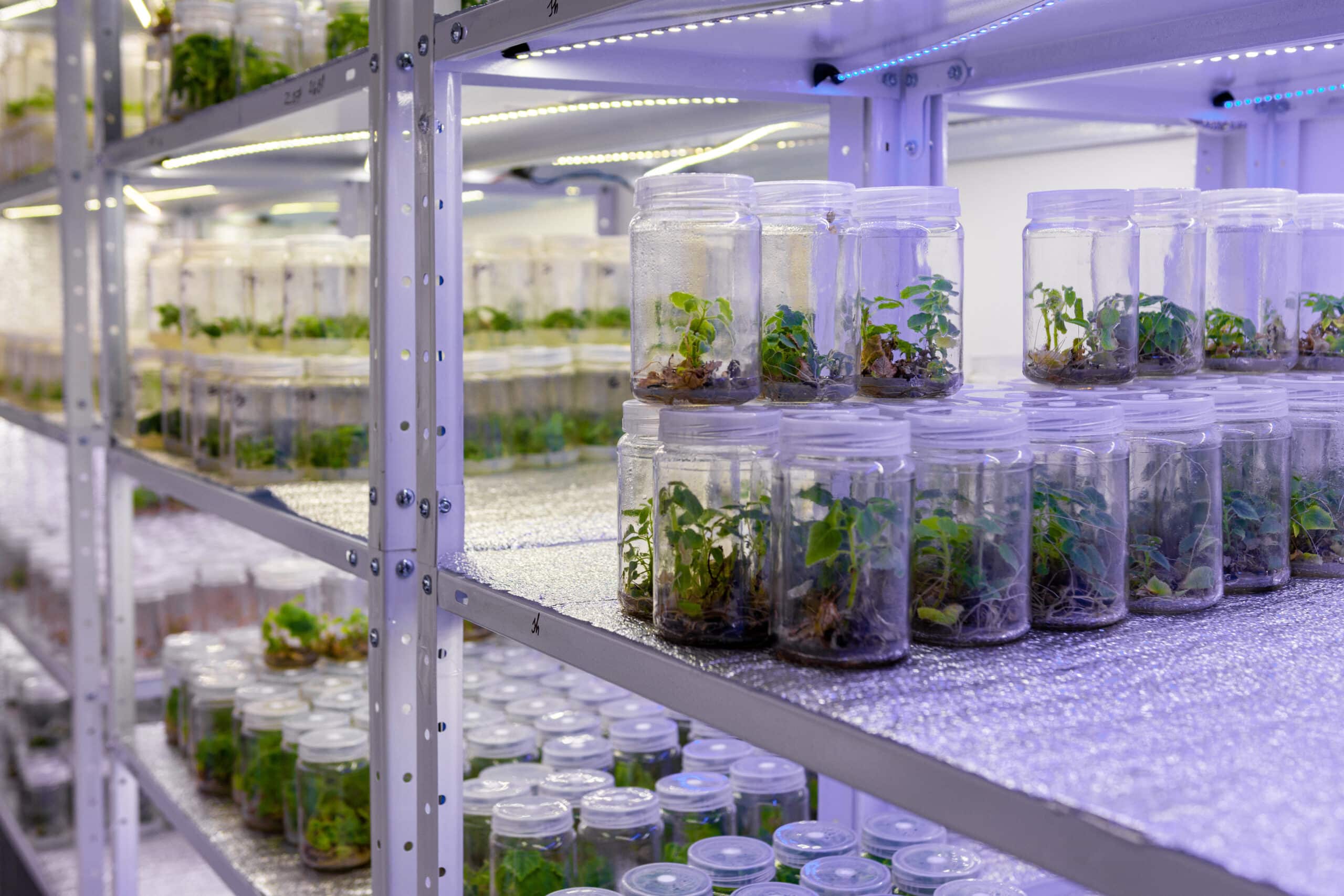Recently, the alternative protein sector has experienced strong growth, driven by increasing consumer awareness of health, environmental sustainability, and animal welfare. Moreover, innovations in food technology and product development have significantly cut costs across the alternative protein value chain, improving their commercial viability.
The global alternative protein market is valued at approximately $15 billion and is projected to reach $26.5 billion by 2030, with a CAGR of 16.9%. Investment within this sector is primarily directed towards plant-based, fermentation-based, and cultivated proteins. Most of the financing is concentrated on plant-based proteins, with fermentation-based and cultivated proteins gaining momentum.
However, despite rapid growth and optimistic future projections, key questions remain unanswered. This article explores the alternative protein value chain, evaluating its impact on the industry’s profitability and scalability, and the challenges that come with it.
Funding and investment
Higher interest rates pose a challenge for startups in the alternative protein sector by limiting access to capital. In 2023, private funding dropped significantly, mirroring trends in related industries like climate tech and food tech. As investors increasingly focus on short-term strategies that prioritise cost reductions and quality improvements over long-term projects, many start-ups and newer companies have had to re-evaluate their business models and prioritise rapidly achieving profitability. This pivot is fundamentally reshaping how alternative protein companies develop products and approach market entry.
Supply chain and ingredient sourcing
As demand rises, the alternative protein value chain faces numerous supply chain and ingredient sourcing issues. For instance, cultivated meat manufacturers are struggling to maintain a supply of well-characterised cell lines which are essential for scaling production and can take 6–18 months to develop. Similarly, fluctuating crop yields for lupins and lentils have led to inconsistent supplies and price volatility for legume-based product manufacturers. A heavy reliance on imported ingredients also exposes supply chains to disruption, making traceability and sustainability more complicated.
Production and processing costs
One of the major challenges in the alternative protein value chain is the high cost of production. Alternative proteins often have higher production costs compared to conventional animal proteins. This cost disparity is partly due to a lack of established infrastructure and limited economies of scale, both of which benefit traditional meat production. Additionally, alternative proteins are not entitled to the same subsidies received by conventional agriculturalists, which widens the cost gap.
Currently, cultured meat and fermentation-based proteins have the highest production costs, estimated at around $80/kg. Insect-based proteins, while less expensive to produce, can face high upfront investment costs, particularly when done at scale. What’s more, the advanced techniques required for extracting insect proteins adds an additional financial hurdle for prospective investors.
Although technological advancements are expected to lower costs in the future – with some analysts predicting that prices may drop by as much as €1,000 per metric ton – achieving price parity with traditional animal proteins in the near future may be challenging. However, established alternative proteins like plant-based proteins are gradually becoming more competitive. Although they still carry a premium over conventional options, economies of scale and advancements in production technologies have driven prices down considerably. Similar progress in processing, fermentation, and cell culture technologies is likely to have a comparable impact on reducing costs for cultured, fermentation-based, and insect-derived proteins.
Questions over resource and energy efficiency
The environmental impact of alternative proteins varies widely. Plant-based proteins are often energy and resource efficient. Crops like soybeans, peas, and lentils require less energy to grow and harvest compared to animal-based and fermentation-based proteins. They also require significantly less water.
On average, per gram of protein, meat has a water footprint 1.5 to 6 times larger than that of plant-based proteins. For example, producing 1kg of beef requires ~15,000 litres of water, while 1kg of pork uses ~6,000 litres and chicken ~4,300 litres. In contrast, 1kg of pulses (beans, peas, lentils) requires ~4,000 litres and 1kg of soy beans is only ~2,100 litres. However, it is worth noting that some highly processed plant proteins may still require substantial energy and resources.
The environmental benefits of insect-based proteins in the protein value chain can vary considerably, and are based on factors such as feed type, production methods, and species. For instance, greenhouse gas (GHG) emissions from insect production can range from lower, to higher than conventional meat, depending on the production system used. Similarly, their water footprint can vary considerably, with some insect proteins requiring more water than certain livestock, such as chicken and pork. However, their efficient use of land remains a significant advantage, with insects requiring much less land than beef and pork production. Other challenges such as temperature control in large-scale indoor insect farms and the energy-intensive processing methods can significantly increase energy usage.
Microbial fermentation and cultured meat require substantial energy inputs, often exceeding those of traditional animal meat. These energy demands are primarily due to the need for controlled environments, precise temperature regulation, and the complex bioprocessing required to grow cells or cultivate microorganisms at scale. However, they produce less greenhouse gas emissions and use less water, which may offset their high energy demands.
Regulatory hurdles
Navigating regulations across different regions is another significant barrier for the alternative protein value chain. Regulatory frameworks are still evolving in most jurisdictions, with some countries having approved the sale of cultivated meat, while many others are still developing their regulations.
Additionally, the lack of clear and consistent labelling regulations creates uncertainty for companies and confusion for consumers. This is pervasive in the plant-based protein value chain, where disputes over terms such as “milk” and “meat” have resulted in legal challenges and marketing restrictions in some regions.
Ultimately, this regulatory uncertainty can slow innovation and delay market entry, impacting the entire protein value chain. Even after regulations are established, the process of gaining approval for these products can be lengthy and costly, affecting time-to-market and hindering business and investment strategies.
Consumer acceptance and preferences
Despite advancements in food technology, many consumers find that plant-based and cultivated meat products fall short of replicating the taste, texture, and overall sensory experience of traditional meat. Insect protein faces additional barriers in Western markets due to cultural and psychological resistance. The so-called “yuck factor”, which stems from deep-seated social and psychological barriers to consuming insects, has been a significant barrier to gaining consumer acceptance. Overcoming these barriers will require a combination of increased familiarity, product innovation, and strategic marketing to normalise insects as a food source in the protein value chain.
Businesses must also overcome consumer scepticism about the safety and sustainability of alternative proteins, especially those involving genetic engineering or novel technologies like cell cultivation. Many consumers are sceptical of the health implications of such products and the environmental claims made by manufacturers. This scepticism underscores the importance of clear, transparent communication from companies seeking to build trust and curtail misinformation.
Cost is another significant concern in the alternative protein value chain. For example, plant-based meats are often significantly more expensive than their conventional counterparts, with some products costing twice as much as beef, three times as much as pork, and four times as much as chicken. Price-sensitive consumers may find these options less appealing, especially when they do not perceive enough of a benefit in terms of taste, health, or sustainability to justify the higher price. In fact, approximately 20% of consumers do not eat plant-based meats specifically because they are too expensive.
However, it is worth noting that consumers often associate higher prices with higher quality. This is particularly relevant in the context of the protein value chain, where premium pricing can signal better ingredients, more sustainable practices, or superior nutritional value. If producers can justify the price premium by highlighting tangible benefits such as improved nutritional content, lower environmental impact, or an enhanced sensory experience, consumers may be more willing to make the switch, despite the higher cost.
Feasibility
The viability and sustainability of the alternative protein value chain is tempered by a myriad of complex challenges that include funding constraints, supply chain inefficiencies, production costs, regulatory hurdles, and consumer acceptance. Overcoming these challenges will require stakeholders to secure sustainable funding, optimise supply chains, invest in technological innovations, reduce costs, proactively navigate regulatory frameworks, and actively inform and engage with consumers.
At Farrelly Mitchell, our food and beverage consultants have spent decades on the cutting edge of the agrifood industry, guiding large-scale businesses towards value creation, commercial success, and operational excellence. Our agrifood market experts hold deep insights into emerging market trends and exciting new industries, products, and processes. To learn more about our services and leverage our unique insights, get in touch with our team today.














